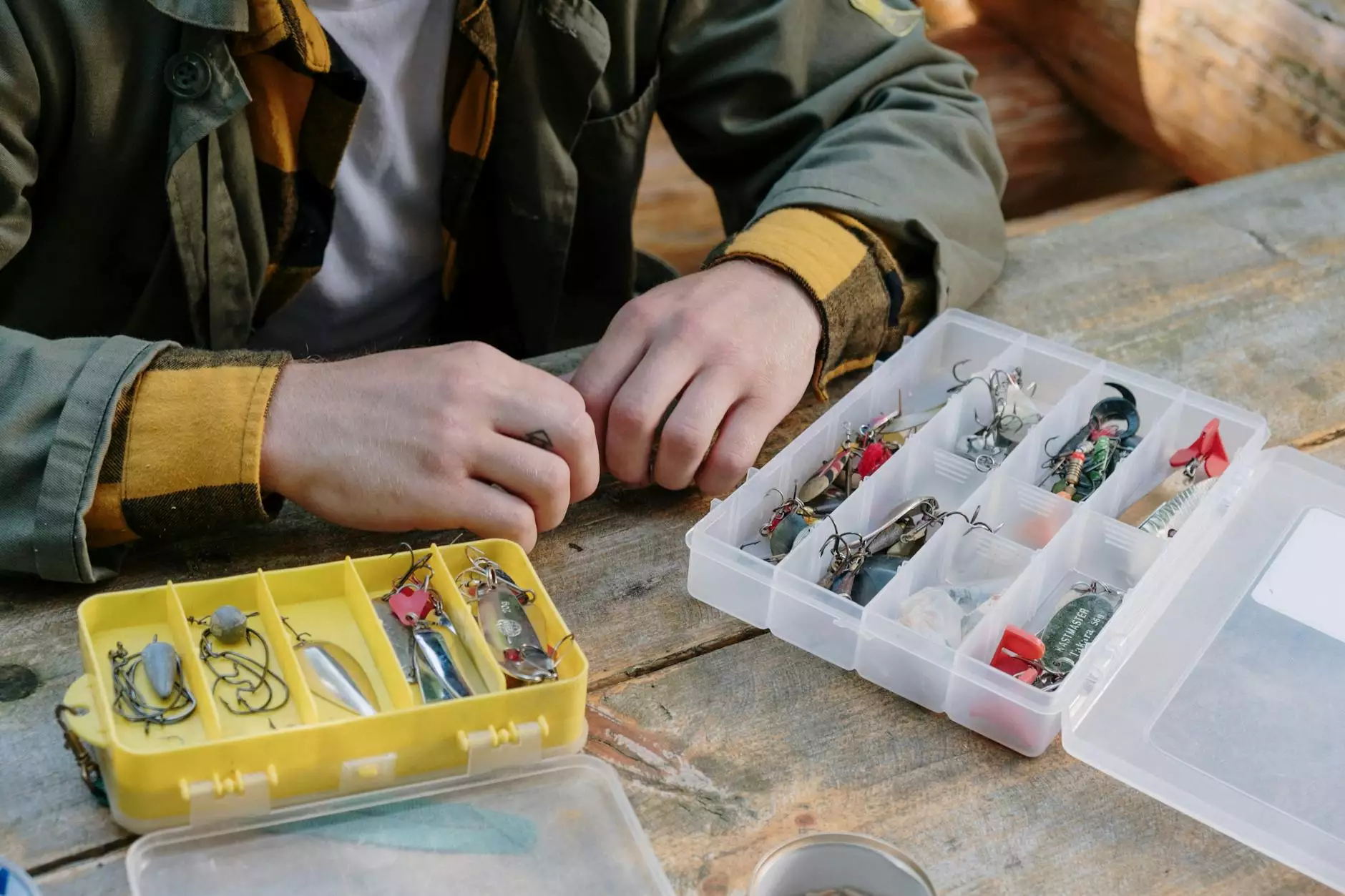Florida Wildlife With Ali: North American River Otters
Travel
The Enchanting World of North American River Otters
Welcome to Ageless Wisdom Magazine's exploration of Florida wildlife! In this article, we delve into the captivating world of North American River Otters. Join our resident nature enthusiast, Ali, as she shares her insights and discoveries about these charming creatures. From their playful behavior to their essential role in Florida's ecosystem, you'll gain a newfound appreciation for these otters.
Introduction to North American River Otters
Found throughout Florida's waterways, North American River Otters are semiaquatic mammals known for their sleek bodies and playful nature. They are often spotted in rivers, lakes, estuaries, and coastal areas, making them a significant part of the state's diverse wildlife.
The Habitat of North American River Otters
North American River Otters inhabit a variety of aquatic ecosystems in Florida. They prefer freshwater habitats such as rivers, streams, and lakes, but can also be found in brackish water environments like estuaries and coastal marshes. These adaptable creatures have a wide range and can be seen across the state, including popular locations like the Everglades.
Behavior and Natural Habits
North American River Otters are highly social animals, often living in groups called "rafts." These rafts can consist of up to ten individuals and are typically comprised of a breeding pair and their offspring. They engage in playful activities such as sliding down riverbanks and chasing each other, which helps build social bonds and improves their coordination skills.
These otters have a diverse diet, primarily consisting of fish, crayfish, amphibians, and various invertebrates. Known for their excellent swimming and diving abilities, they can stay submerged for several minutes to catch their prey.
Conservation Efforts and Challenges
Despite their adaptability and widespread distribution, North American River Otters have faced challenges in the past. Habitat loss, pollution, and unregulated trapping have negatively impacted their populations.
However, thanks to conservation efforts and protective measures, the otter population in Florida has shown signs of recovery. Organizations, wildlife agencies, and concerned individuals work together to preserve suitable habitats, regulate hunting practices, and raise awareness about the importance of these charismatic creatures.
Why North American River Otters Matter
The North American River Otter plays a crucial role in maintaining the ecological balance of Florida's waterways. As top predators, they help control the populations of their prey, ensuring the stability of aquatic ecosystems. By keeping fish populations in check, they contribute to the overall health and diversity of Florida's wildlife.
Unique Adaptations and Physical Characteristics
The North American River Otter has several remarkable adaptations that enable it to thrive in aquatic habitats. Their streamlined bodies, webbed feet, and muscular tails allow for efficient swimming. Dense fur, consisting of two layers, provides insulation and keeps them warm in chilly waters. Their sensitive whiskers help detect movements and vibrations for successful hunting underwater.
Finding North American River Otters in Florida
If you're interested in observing these fascinating creatures in their natural habitat, Florida offers numerous opportunities. State parks, wildlife refuges, and nature preserves with water bodies are ideal locations for otter sightings. Remember to maintain a respectful distance to avoid disturbing these wild animals and to preserve their natural behaviors.
Conclusion
In conclusion, North American River Otters are captivating creatures that contribute to the charm and diversity of Florida's wildlife. Their playful nature, adaptability, and important ecological role make them a fascinating subject of study and conservation efforts. Through collective action and raising awareness, we can ensure the continued existence of these wonderful creatures and the preservation of their habitats for generations to come.










